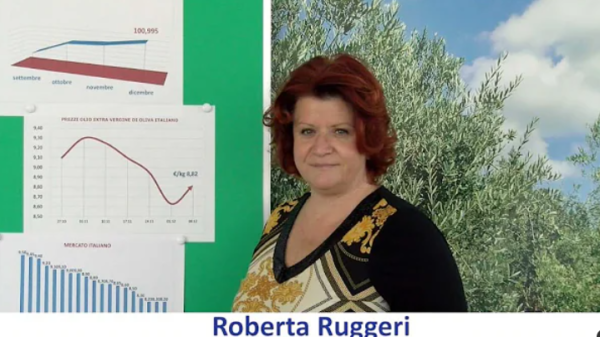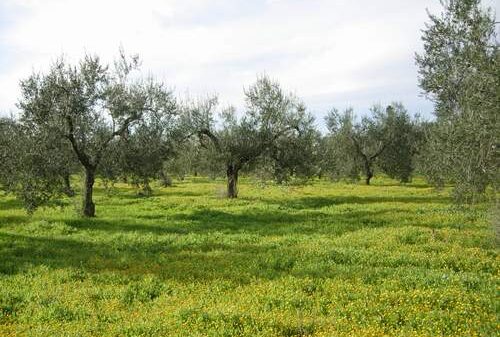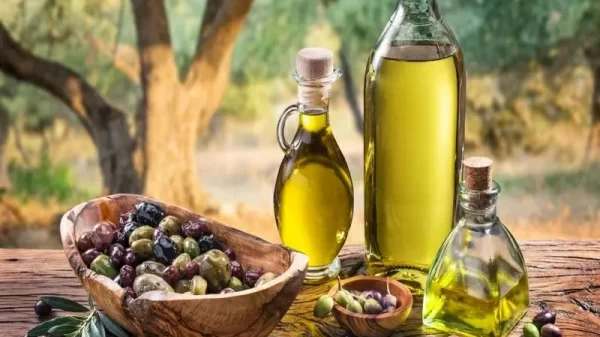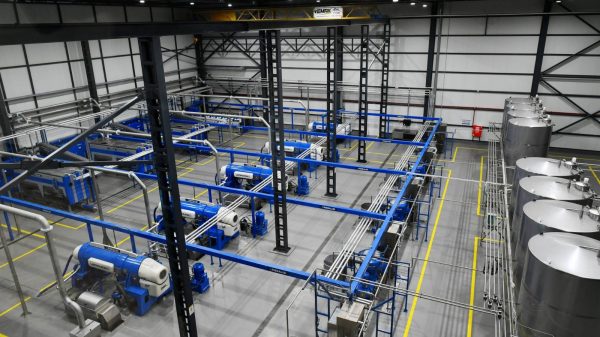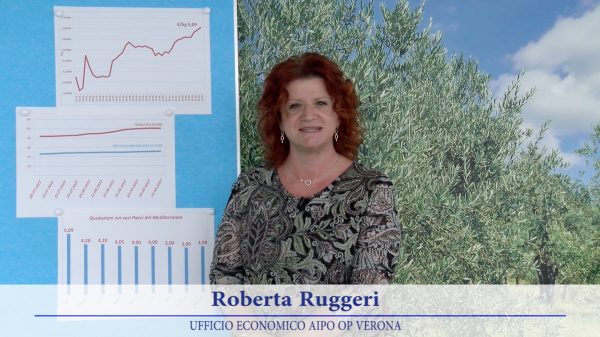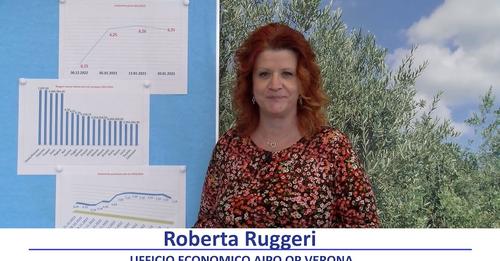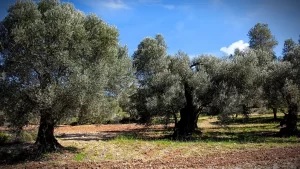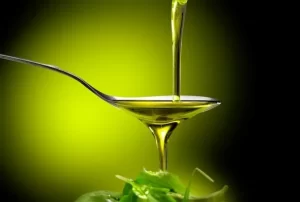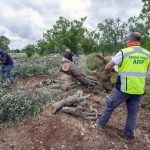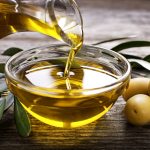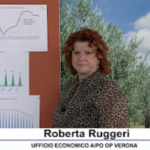“It is the certification of a failure on all lines and at all levels”. Merciless the judgment of George Panels (in the picture), scientific popularizer of the olive-oil sector, on reading the 7th Agricultural Census that certifies Italian olive growing below the psychological threshold of one million hectares: Exactly 994.318 compared to 1.123.330 from ten years ago (-11,5%).
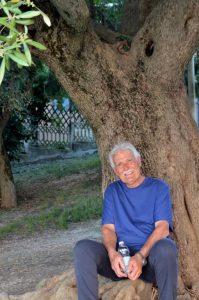 Giorgio Panelli, how do you explain this further reduction of olive groves in the last decade?
Giorgio Panelli, how do you explain this further reduction of olive groves in the last decade?
“It's not about explantation, it's simply abandonment. Abandonment is the consequence of lack of income. And the lack of income is due to the lack of valorisation of the oil and the lack of rationalization of cultivation practices. You don't need an expert to understand that the decline of the sector, in the absence of defense interventions, is bound to increase; an examination of conscience is needed at all levels to decide whether, and eventually how, to save a strategic sector under many aspects: economic, social, cultural, environmental”.
Which path to take?
“According to many insiders, the solution would be to increase the plantation density of old and new olive groves up to 4-5 times the traditional one (super-intensive olive growing), as is evident by observing the latest cultural initiatives in the academic world and the latest Institutional tenders in support of the renewal of the sector. An excessive density of plantation of olive groves involves, however, an excessive use of natural resources in the process of depletion, making it necessary to support external interventions that are extremely costly in economic and environmental terms".
So?
“So the alternative is to take note of the large production deficit with respect to the internal consumption of oil, recognize the multifunctionality of the olive tree and stimulate the planting of new traditional intensive olive groves with local varieties bearing considerable environmental compatibility which, integrated with the existing ones, they could represent a system capable of safeguarding all the aforementioned aspects involved in olive growing, starting from that of full economic sustainability of the agricultural enterprise.
Among the many aspects, I underline the environmental value of intensive traditional olive growing which, unlike super-intensive, has the ability to store carbon in actively growing plants for a long period of time and in olive groves where sustainable land management is practiced. In the light of the evident climate changes this represents a fundamental element of the multifunctionality of the olive tree: a strategic activity to subtract carbon from the atmosphere and place it in the wood of the plants and in the humus of the soil.
National olive growing would therefore assume a strategic and farsighted role in the mitigation of climate change and in the improvement of the natural fertility of the land, which should be shared by the competent Authorities. There would be nothing wrong in financing an additional million hectares of traditional intensive olive growing, thus offering the expectation of a better future for the olive sector and the environment that hosts it, in the interest of the present and future community ”.
di
